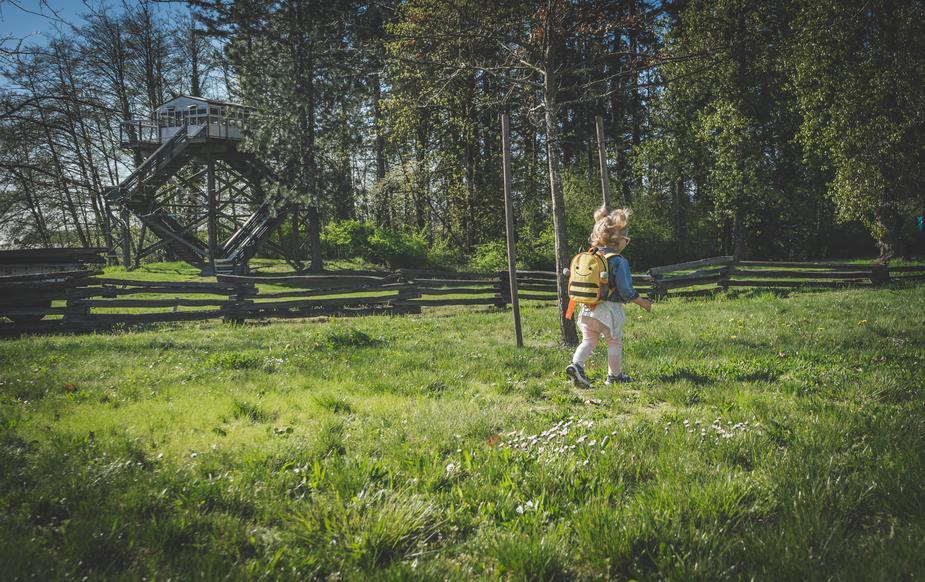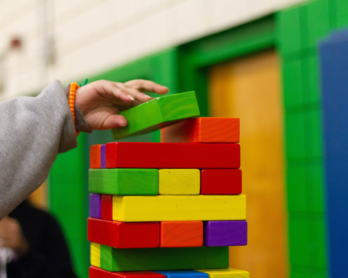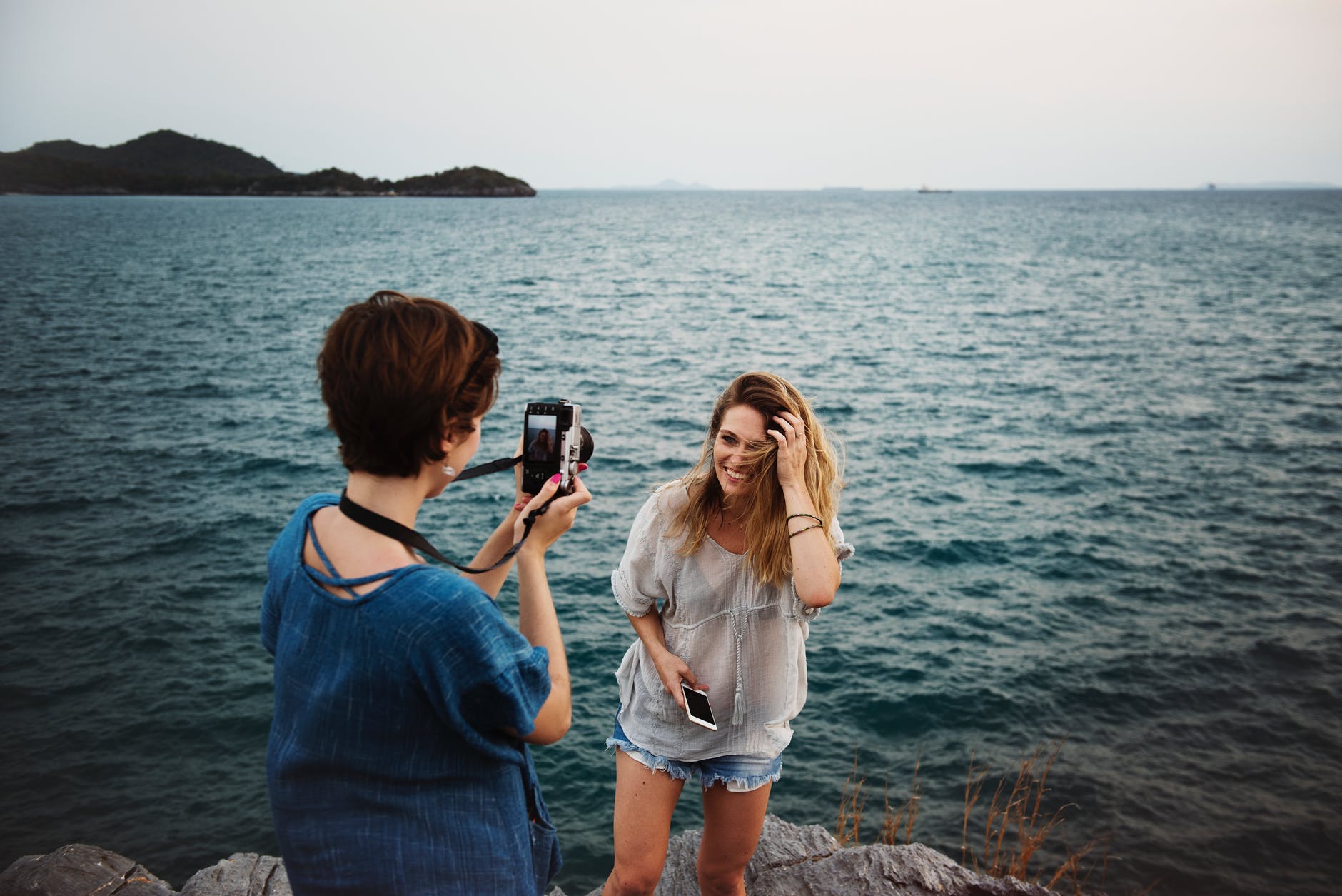Hiking is an activity that allows combining the practice of a “soft” sport, the discovery of an environment and the discovery of yourself, your abilities and your limits. A child naturally knows neither his abilities nor his limits. It is, however, open to all discoveries.
Hiking should allow him to learn about himself, to learn about others, about the world around him. Here are some universal notions that will allow you to understand the fact that children are not adults in miniature. Their physiology is their own and we must, as adults, adapt to it if not endanger their health.

Children‘s Abilities at different age
Up to 3 years old, a child must be able to be carried ( by a baby carrier for example ) by an adult when he is tired and a hike must not exceed 2 hours on flat or slightly uneven terrain.
From 3 to 5 years old, a child is perfectly capable of walking 2 or 3 hours on slightly uneven terrain and with an elevation not exceeding + – 500 meters. In order to motivate your child, give him intermediate objectives such as the discovery of an alpine chalet, a herd, a lake, etc.
From 6 to 9 years old, day hikes and elevation differences in the order of 800 to 1000 meters begin to be possible. This opens up many possibilities for you, such as nights in a refuge!
Beyond 10 years old, the child is still not an adult but it is possible to suggest hikes lasting several days and, why not, to discover mountaineering! Be careful, however, to reserve beautiful rest periods for him which will allow him not to lose motivation!
The pace of hiking
In hiking, which is more in the mountains and for a child, managing his effort is a necessity. But for a child, managing his effort does not mean anything: he runs out of breath, then, feeling tired, he arises for a few minutes to start again! It is therefore important to establish a regular rhythm adapted to your children during any hike.
For this, it is important that an adult takes the lead in the hike … at least during certain “key” passages such as a steep climb, a steep path, etc. Remember that a hike should allow your children to gain autonomy.
The problems a child may face
Cold
Children get cold quickly, especially at the extremities (head, hands, and feet). So be sure to protect them, without putting 20cm of rock wool on their backs! An early start? Cover them! A pass to a pass? Cover them! A little tired? Cover them! … don’t forget to take the sweater off when the sun comes back!
The sun
What a delight to feel the rays of the sun warming our skin !!! Yes but… exposure to the sun’s rays without protection is dangerous, which is more at altitude because they are less filtered!
Also, note that the specifics of children’s skin (less pigmented) and eyes (large pupils) make them receive up to 50 times more UVA than an adult! So no small solution: hat on the head, long sleeves and legs as soon as possible, sunglasses and sunscreen with a minimum index of 50 (stops 98% of erythematous UV).
Mountain sickness
Mountain sickness is one of the major risks in the mountains, regardless of age. The first symptoms can occur from 1500 meters: headache, nausea, general fatigue, dizziness, balance problems, drowsiness.
These symptoms can begin to appear after a few hours at altitude and can result in a simple headache or, at worst, in severe pulmonary edema which can be fatal if not treated! If your children, or yourself, have any of these symptoms, don’t panic and come back down quickly!
Children are curious
While hiking, it is important to remember to wait at all the turns and forks to ensure your kids keep up. Kids curious about everything they see on the trail. Even if you choose well-marked hiking trails, there is still a risk.
You need to keep them in your view at all times. You can also dress your kids in bright colors to make it easier to find. Another good practice would be using a GPS tracker for your kids. Attach it to your child’s wrist or bag, so you can keep track of your kid in real-time wherever they go, which is quite useful for older children. GoFindMe GPS tracker is dedicated to hiking purposes. Wherever you go, you can use it to see your kids’ real-time location even when there is no cell service.












